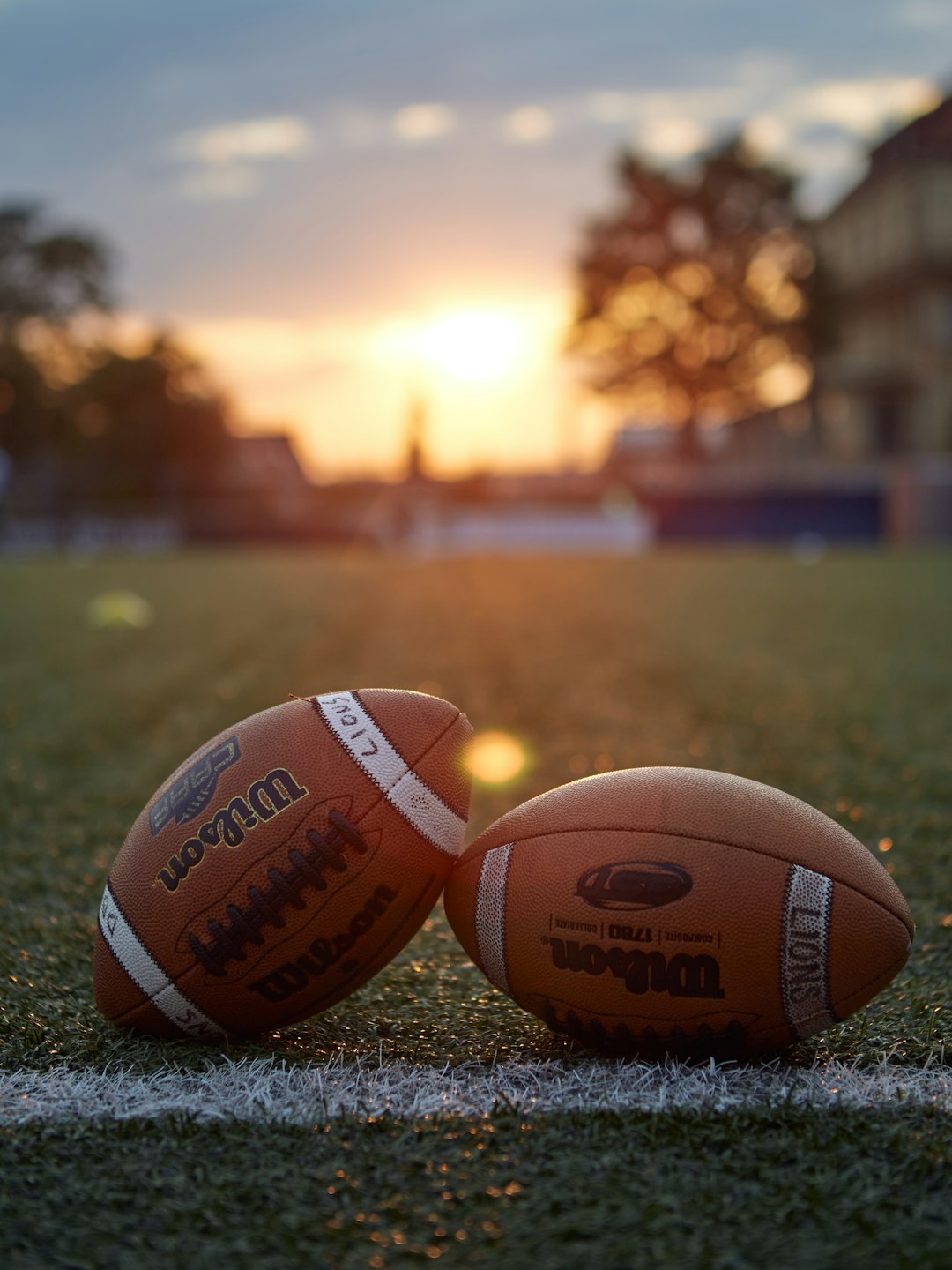
Gameday Readiness: How to Train Like a College Athlete and Ace Your Performance
Share
Gameday Readiness: How to Train Like a College Athlete and Ace Your Performance
Stepping onto the field as a college athlete requires more than just raw talent; it demands dedication, discipline, and a well-rounded approach to training. For those aiming to perform at their peak on gameday, mastering the art of preparation is key. From effective training techniques to solid athletic conditioning, every aspect of your routine plays a crucial role in your success. Understanding what it takes to excel at the college level can set you on the right path, whether it's refining your practice routines or focusing on sports recovery tips. In this post, we'll break down the essential steps for developing gameday readiness, so you can ace your performance and take your athletic journey to the next level.## Preparing for College Level Play.

College athletics demands a higher level of commitment and skill. This section explores the key aspects of preparing for college-level competition, including understanding the preparation process, building effective practice routines, and the critical importance of gameday readiness.
Understanding College Athlete Preparation
College athlete preparation is a comprehensive process that goes beyond physical training. It involves mental conditioning, time management, and academic balance.
The NCAA emphasizes the importance of holistic development for student-athletes. This includes maintaining academic eligibility, adhering to strict training schedules, and developing leadership skills.
Aspiring college athletes should focus on building a strong foundation in their sport while also excelling in academics. This dual focus prepares them for the rigorous demands of collegiate athletics.
Building Practice Routines
Effective practice routines are the backbone of athletic success at the college level. They help athletes refine their skills, build stamina, and develop mental toughness.
According to sports performance experts, a well-structured practice routine should include:
Warm-up and mobility exercises
Sport-specific skill work
Strength and conditioning
Cool-down and recovery
Consistency is key in practice routines. Athletes should aim to practice regularly, even during off-seasons, to maintain their competitive edge.
Importance of Gameday Readiness
Gameday readiness is the culmination of an athlete's preparation efforts. It encompasses physical, mental, and emotional preparedness to perform at peak levels during competition.
Being gameday ready means having confidence in your abilities, understanding game strategies, and being physically primed for performance. This state of readiness is achieved through consistent training, proper nutrition, and adequate rest.
Mental preparation is equally important. Visualization techniques, positive self-talk, and stress management strategies all contribute to gameday readiness.
Mastering Training Techniques

Mastering various training techniques is crucial for athletic success. This section delves into the essentials of strength training, effective conditioning strategies, and vital recovery tips for athletes aiming to elevate their performance.
Essentials of Strength Training for Athletes
Strength training is a cornerstone of athletic development, enhancing power, speed, and injury resistance. A well-designed strength training program should be sport-specific and periodized.
Key components of an effective strength training regimen include:
Compound movements (squats, deadlifts, bench press)
Plyometric exercises for explosive power
Core strengthening exercises
Progressive overload is crucial in strength training. Athletes should gradually increase weight, reps, or sets to continually challenge their muscles and promote growth.
Proper form and technique are paramount to prevent injuries and maximize gains. Athletes should work with qualified trainers to ensure they're performing exercises correctly.
Effective Athletic Conditioning Strategies
Athletic conditioning focuses on developing the cardiovascular and muscular endurance necessary for sustained performance. It's tailored to the specific demands of each sport.
Nesfield Performance suggests that effective conditioning strategies should include:
High-intensity interval training (HIIT)
Sport-specific drills
Agility and speed work
Conditioning should mimic the energy systems used in the athlete's sport. For example, soccer players might focus more on intermittent sprints, while distance runners would emphasize longer, steady-state cardio.
Periodization in conditioning is crucial, allowing for peaks in performance during key competition periods while preventing burnout.
Sports Recovery Tips for Athletes
Recovery is an often overlooked but critical component of athletic training. Proper recovery techniques help prevent injuries, reduce fatigue, and improve overall performance.
Effective recovery strategies include:
Active recovery (light exercise to promote blood flow)
Proper nutrition and hydration
Quality sleep (7-9 hours per night)
Foam rolling and stretching
BetterMe's athlete workout plan emphasizes the importance of rest days in any training program. These allow the body to repair and strengthen itself between workouts.
Athletes should also consider incorporating techniques like massage, ice baths, or compression garments to aid in recovery, especially after intense training sessions or competitions.
Gearing Up for Success

The right equipment can make a significant difference in an athlete's performance and training effectiveness. This section explores how to choose appropriate gear, the benefits of quality training equipment, and how accessories can enhance athletic performance.
Choosing the Right Gear
Selecting appropriate gear is crucial for comfort, performance, and injury prevention. The right gear can enhance an athlete's abilities and confidence on the field.
When choosing gear, consider:
Sport-specific requirements
Personal fit and comfort
Quality and durability
For example, runners should prioritize shoes with proper cushioning and support, while football players need helmets that provide optimal protection without hindering vision.
It's important to regularly assess and replace gear as it wears out to maintain optimal performance and safety.
Benefits of Quality Training Equipment
Quality training equipment can significantly impact an athlete's development and performance. Investing in good equipment can lead to more effective workouts and reduced risk of injury.
Benefits of quality training equipment include:
Improved workout efficiency
Better targeting of specific muscle groups
Enhanced safety features
For instance, a high-quality weight set allows for smoother lifts and more precise weight adjustments, leading to more effective strength training sessions.
Regular maintenance of equipment is essential to ensure it continues to perform optimally and safely.
Enhancing Performance with Proper Accessories
The right accessories can fine-tune an athlete's performance and provide valuable data for improvement. From performance trackers to recovery tools, accessories play a vital role in modern athletic training.
Key accessories that can enhance performance include:
Heart rate monitors for precise training intensity management
Compression gear for improved blood flow and recovery
Sport-specific training aids (e.g., resistance bands, agility ladders)
When selecting accessories, focus on those that address your specific needs and goals. For example, a swimmer might benefit from a waterproof fitness tracker, while a basketball player might prioritize ankle supports.
Remember, accessories should complement your training, not replace fundamental techniques and hard work.
